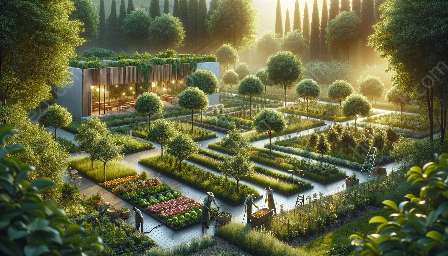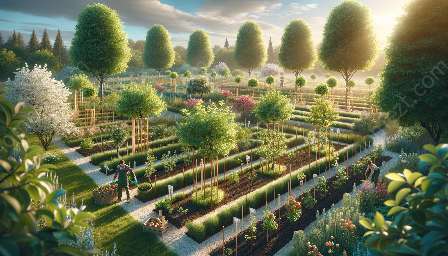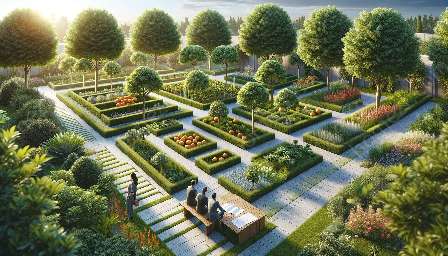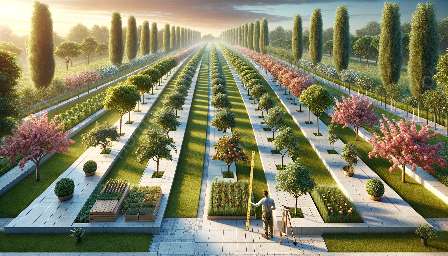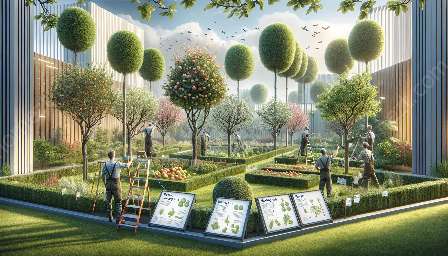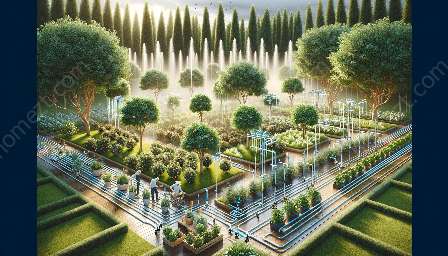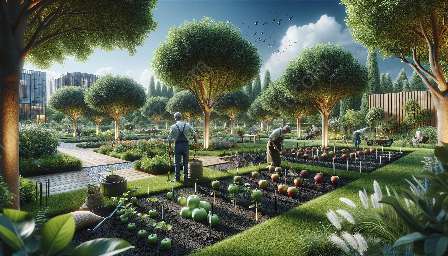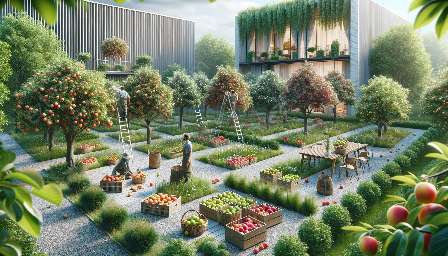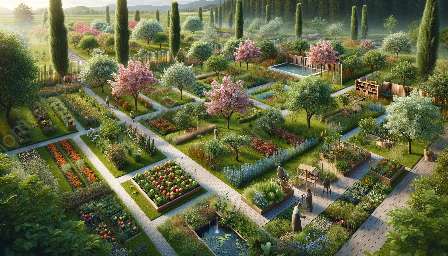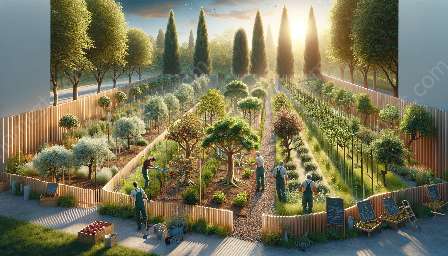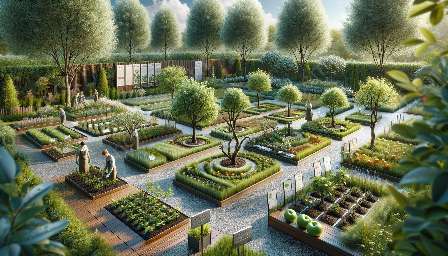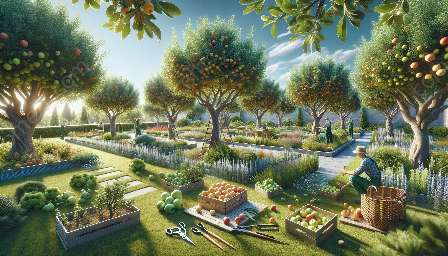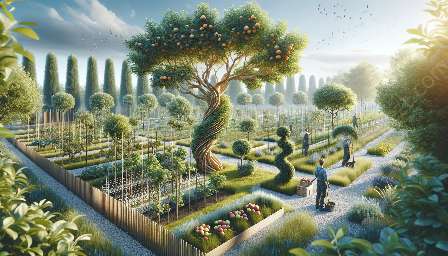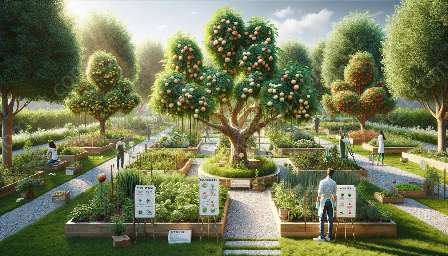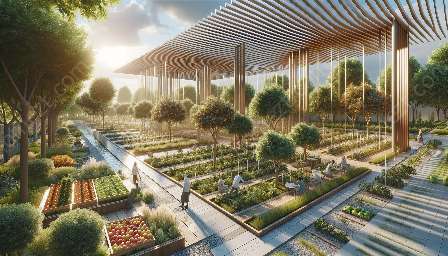Creating a beautiful and productive orchard requires thoughtful design and planning. In this article, we will explore the principles of tree and orchard design, considering compatibility with trees and orchard management as well as garden landscaping, to create a truly harmonious outdoor space.
The Importance of Tree and Orchard Design
Designing a tree or orchard goes beyond simply planting trees in a particular arrangement. It involves considering the layout, species selection, spacing, and overall aesthetic appeal. A well-designed orchard not only enhances the visual appeal of a garden but also plays a significant role in the health and productivity of the trees.
Compatibility with Trees and Orchard Management
When designing an orchard, it is crucial to consider the compatibility with tree and orchard management. This includes factors such as irrigation, pest control, and harvesting procedures. The layout and design of the orchard should facilitate efficient management practices, making it easier to care for the trees and maintain their health.
Principles of Orchard Design
Effective orchard design involves several key principles. These include:
- Species Selection: Choosing the right tree species based on climate, soil type, and intended purpose (e.g., fruit production, shade, ornamental value).
- Spacing and Layout: Determining the optimal spacing between trees to allow for adequate sunlight, airflow, and room for future growth. The layout should be functional for management activities and aesthetically pleasing.
- Pest and Disease Management: Incorporating strategies to minimize the risk of pests and diseases, such as selecting disease-resistant varieties and implementing proper spacing and pruning techniques.
- Irrigation and Water Management: Designing the orchard to accommodate efficient irrigation systems and water distribution, ensuring that each tree receives an adequate supply of water without excess wastage.
Garden Compatibility
Integrating a well-designed orchard into a garden landscape can create a seamless transition between nature and cultivated spaces. The choice of tree species, the design of pathways, and the incorporation of complementary plantings can enhance the overall appeal of the garden while providing practical benefits such as shade, privacy, and seasonal interest.
Enhancing the Garden Landscape
Incorporating trees and orchards into garden design offers numerous opportunities for enhancing the landscape. Fruit-bearing trees can be integrated into edible gardens, while ornamental trees can serve as focal points or provide structure and vertical interest. Proper planning and design coordination can achieve a harmonious balance, elevating the visual appeal of the entire garden.
Conclusion
Tree and orchard design are essential aspects of creating a functional and aesthetically pleasing outdoor environment. By considering compatibility with trees and orchard management, as well as integrating the design with garden landscapes, it is possible to create a cohesive and beautiful outdoor space that provides both visual enjoyment and practical benefits.

